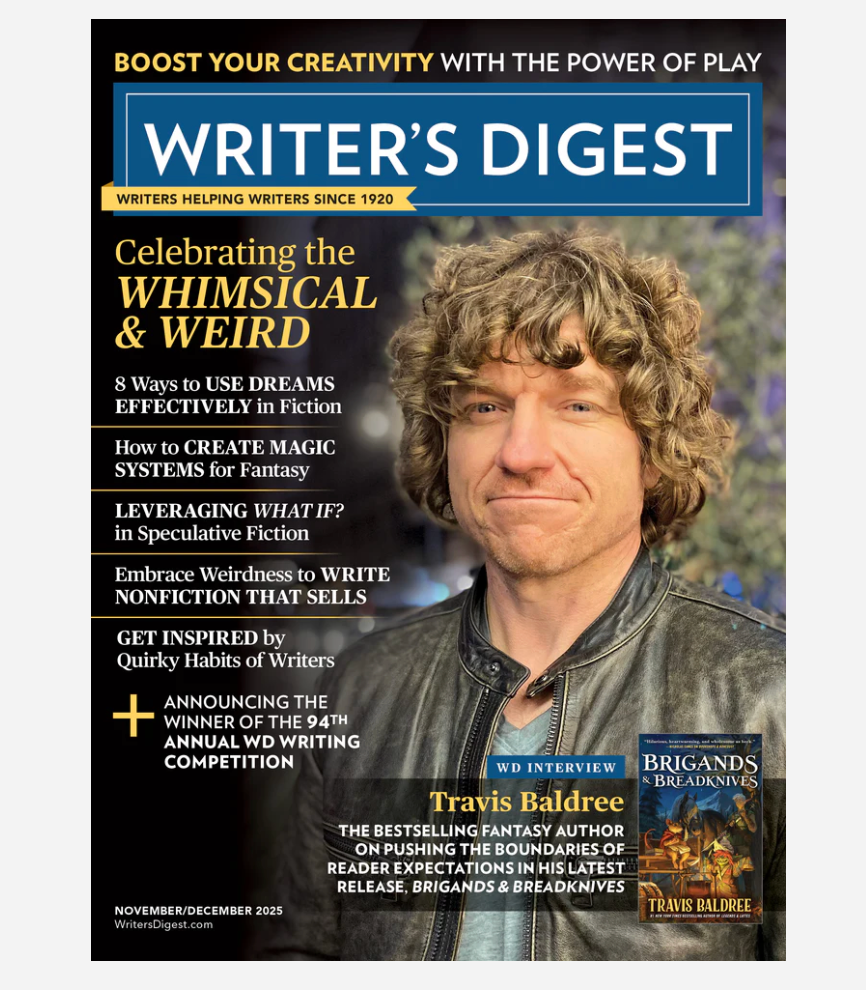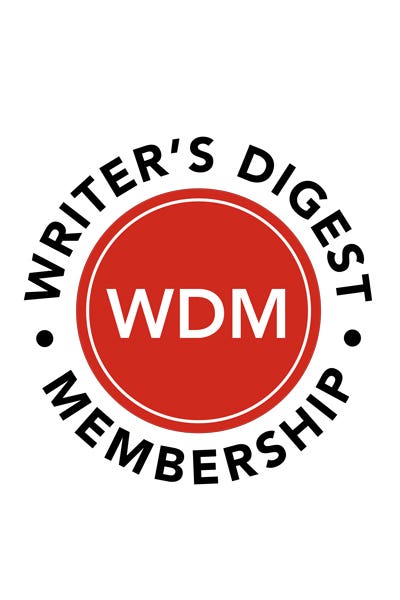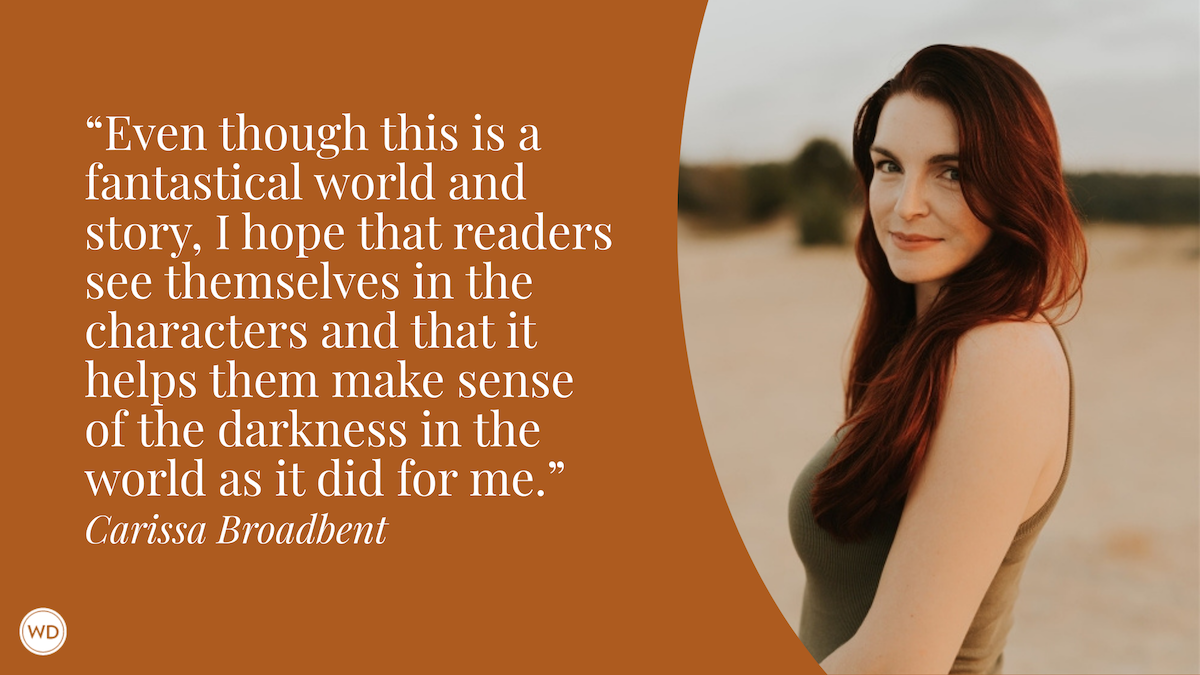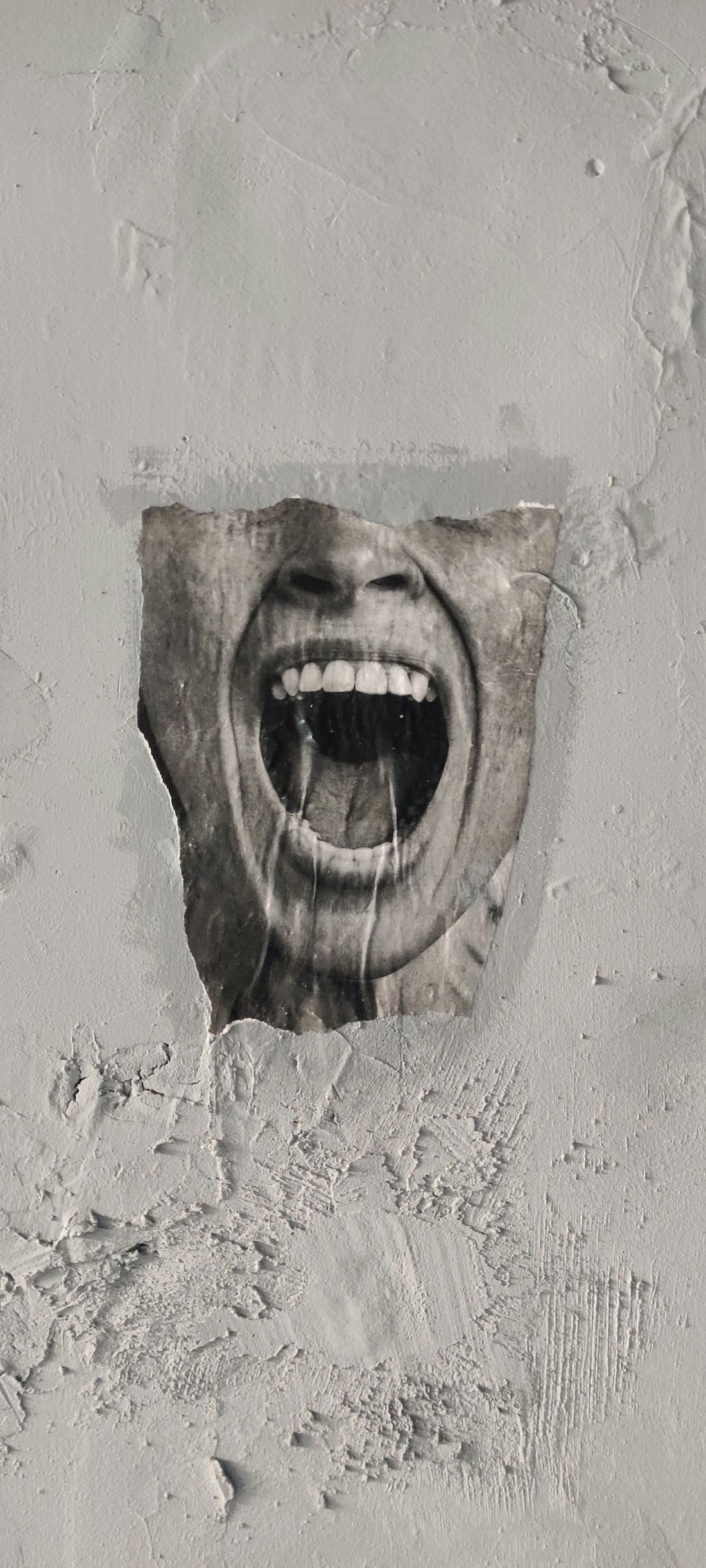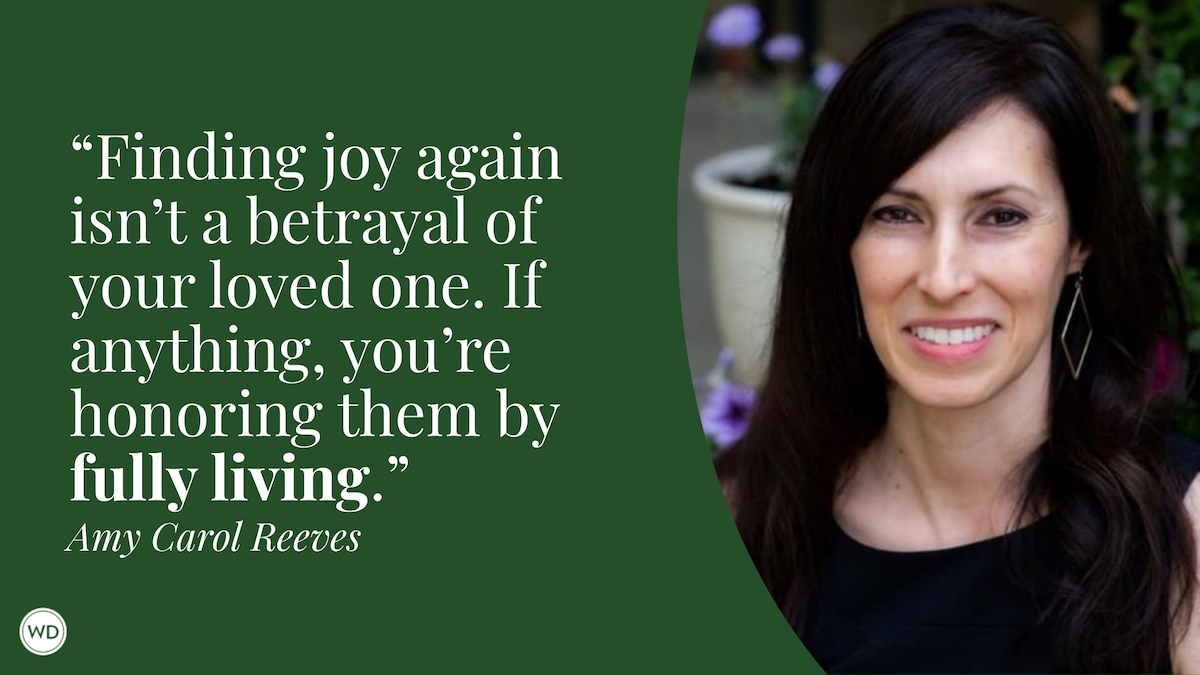Simon Farquhar: On Bringing Humanity to True Crime
In this interview, author Simon Farquhar discusses the individuals at the heart of his new true crime book, A Deafening Silence.
Simon Farquhar was born in England in 1972 and educated at the University of Aberdeen. His first plays were broadcast on BBC Radio, and his stage play Rainbow Kiss ran at London’s Royal Court Theatre and at 59E59 off-Broadway. He writes regularly for the British press and has written three books of true crime. He is currently working on a novel.
In this interview, Simon discusses the individuals at the heart of his new true crime book, A Deafening Silence: Forgotten British Murders, his advice for other writers, and more.
Name: Simon Farquhar
Book title: A Deafening Silence: Forgotten British Murders
Publisher: The History Press
Release date: June 10, 2025
Genre/category: True Crime/ History/ Social History
Previous titles: A Dangerous Place: The Story of the Railway Murders; A Desperate Business: The Murder of Muriel McKay; Rainbow Kiss: A Play
Elevator pitch: In a decade of researching and writing about crime, Simon Farquhar has met many of those professionally or personally affected by it. They all carry with them stories that the rest of the world has forgotten, but which to them remain unforgettable. Now, five of these stories are told, in full, for the first time.
What prompted you to write this book?
I’d always had a fascination with crime, but my writing career was mostly in drama until about 10 years ago. My late father was a police officer, a very good one, and after he died, I wrote a book about his last case, which was a famous serial killer hunt of the 1980s. It started from there.
What interests me particularly about crime is the window onto social history that it gives us. I always have been struck over the years by how much of a crime story goes unexplored, specifically the lasting dreadful legacy not only for those directly affected by a tragedy but those indirectly affected—a person’s friends, lovers, family, but also those involved on a professional level. They are human beings too, and they have to endure a lot in the course of their work.
I have met many people involved in crime, police officers, lawyers, and so on. And over the years you gather a lot of stories from them, stories of cases that have left a mark on them. And some of them have in turn have left their mark on me.
So, I decided to do a book collecting five of those stories. None of them had ever been told in any depth before. I wanted to talk to every living soul connected with each case. The criteria for them going into the book was partly an emotional one—they are the stories that have made the deepest impression on me—but also, I had to justify retelling them. It wasn’t just about remembering and commemorating the victims. The stories each tell us something about the world that we live in—how it has changed or how it still needs to change.
How long did it take to go from idea to publication? And did the idea change during the process?
Originally this book was going to be just the first story, A Tragedy in Fairyland, a story that has haunted me for nearly a decade. I had a book commissioned about it back in 2017, and did a huge amount of research, but I had to shelve it for two reasons.
One was that the story would not have filled a whole book, and, as a standalone book it would have needed to generate a good deal of publicity, which would have been distressing for the surviving relatives. But I felt that by featuring it within a book and insisting on no publicity for that specific story, I could finally set it down for history.
Apart from that, the format of the book didn’t really change. The other four stories were selected very easily. I then pitched it to my publisher, and it was green-lit.
But although the idea didn’t change, I didn’t predict how the book would eventually turn out. The last story in the book, Vicious Circle, is an incredible case, set against the backdrop of the music scene of the early 1970s, with connections to David Bowie, bizarrely. I’d carried this story around with me for years, unable to find a home for it until now, but when the research got underway one of my interviewees presented me with a remarkable archive of letters, diaries, photographs, the inside track. It was beyond my wildest dreams and meant that I could get genuine insight into the minds of the family involved and how such a bizarre crime could have occurred. (Honestly, you will be amazed.)
Were there any surprises or learning moments in the publishing process for this title?
Working with the History Press is always a very civilized affair, and there were no problems in that regard. The cover photograph was spotted by my commissioning editor, Mark, and I had an idea of what I wanted for the back and was very pleased with how it turned out. I knew I wanted an image of winter.
It’s interesting how such seemingly insignificant things matter so much. When it came to the photographs inside, there was one for one of the victims, and the caption was to be her name and then, in brackets, where the picture was sourced from, and I remember saying, “Can we put them on separate lines?” It seems trivial but it just looked so much more respectful. Similarly, I remember adding the victims’ dates at the top of each chapter, and requesting that it should be the full years, e.g. “1955-1970” rather than “1955-70”, which looked somehow too casual. You wouldn’t present them like that on a gravestone.
Were there any surprises in the writing process for this book?
The biggest surprises are when unexpected and sometimes seemingly slight elements become the most powerful moments. Similarly, you can craft some very beautiful prose, but the simplest and least-dressed sentence can be the one that moves you the most.
I think also, I was surprised at which chapter that seemed to get the most reaction. It was “High Windows,” the one I initially had the least information on. When I traced the family of the victim, they were very resistant to the idea of the book at first. But over time they came to trust me, and their contribution was magnificent. They saw a way of remembering their loved one, and their reaction when they read what I had done was a huge relief. I’m very proud of that chapter. When you are telling stories like this, you must respect and honor those people. It is their tragedy, not yours, however much you are affected by it, and they are putting a lot of trust in you. You have to make clear that you are telling the story, not their story, though.
What do you hope readers will get out of your book?
I hope they will find something different to a lot of other true crime books, in that the stories aren’t just “this happened, the person was caught, they went to jail”. I wanted to know who these victims were as people, not just define them by their deaths. I also wanted to know what happens when the media moves on, after the sentence is passed. How do those left behind rebuild their lives? What happens to a murderer when they get out of jail? Are there any stories of reform? That’s something that did stun me; a couple of the stories of where these people are now.
If you could share one piece of advice with other writers, what would it be?
Tell your story your way. Others will tell it differently, but trust the direction your mind is pointing you in. I always put myself into the story, and say, “This is the journey that I’ve been on.” Often quite literally—I’ll start with me standing at the place where some dreadful event happened. But even if you don’t put yourself within the narrative, it’s your own bias, your own sensitivities and reactions, that lift this from reporting into storytelling. Stories are events presented meaningfully rather than just informatively.


